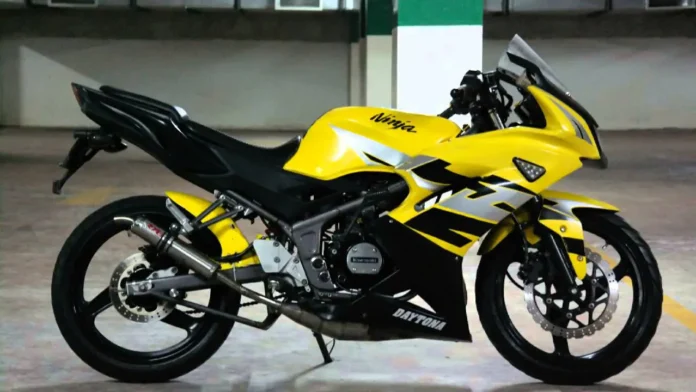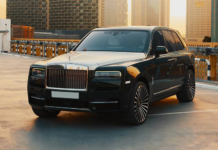The automobile market may have witnessed a slump in recent months due to the global pandemic, but that does not mean that it is dead altogether. There are still some recent developments as the customers are always interested in buying these beasts. To be specific, the significant losses have been incurred by the four-wheeler manufacturers.
Comparatively, the two-wheeler market has not suffered any significant decline in its sales. Moreover, the two-wheeler market is flooded with new options for the customers. One such example is the new Kawasaki Ninja.
The Kawasaki Ninja has always been a favorite of sports bike enthusiasts. The Kawasaki Ninja motorcycle was launched in 1984 and since then has held onto a considerable market share. The bike has been termed as legendary by many racing experts. Over time the model and make of Kawasaki Ninja motorcycle have evolved to incorporate modern features and stylish looks.
Table of Contents
Let us look at the timeline of this beautiful bike that has carved a niche for bike lovers.
The inception
The Kawasaki Ninja motorcycle was launched in 1984. The very first version of the bike had a liquid-cooled engine with a dual overhead camshaft. The engine was powered by a 16 valve four-cylinder engine, which was cased in a lightweight chassis.
The lightweight frame, coupled with the powerful engine configuration, made it possible for the bike to throttle at very high speeds. The four-cylinder engine was mighty to take on the likes of Honda and Yamaha at the time. The bike very soon gained worldwide recognition, and it made official entries into Asian and European markets. The bike was hugely popular in Asian countries, particularly in Japan and Indonesia.
All this recognition earned the Ninja the coveted title of the bike of the year for 1984. The top speed of the bike at the time of the launch was 285 km/h.
Further development
In the coming years, the Kawasaki Ninja motorcycle was launched in several variants such as Ninja 600, Ninja 600R, Ninja 400, and the more recent Kawasaki Ninja 300. The 600 cc variants of the ninja motorcycle were the first of their kind. They were fully-faired, middleweight bikes that started the segment of mid-weight superbikes. The 600 cc bikes of the Kawasaki Ninja motorcycle later evolved to be the 600 ccs supersport class of the Kawasaki company that became wildly popular in the short circuit races.
After the launch of 600 cc bikes in 1985, Kawasaki took a hiatus of three years to work on its next line of offering in Kawasaki Ninja motorcycles. The hiatus ended with the launch of the ZX-10.
The ZX-10 was a breakthrough in the Kawasaki company’s ninja lineup as the ZX-10 was powered by a 997 cc engine. Combining such a massive engine with the already present lightweight body frame, the Ninja was able to achieve the top speed of 270 km/h quickly. Apart from the high speed, another significant change that the public witnessed in the Kawasaki Ninja motorcycle was the e-BOX aluminum frame.
The success of the ZX series inspired the next lineup of Kawasaki Ninja motorcycle- ZX-7. The ZX-7 was powered by a 750 cc engine, which shared the same chassis specifics with the ZX-10 series. The performance of the ZX-7 was outstanding at the time and set a new bar for 750 cc motorcycles.
The hiatus
After this, Kawasaki again took a three-year break to work on more advanced engines that would generate more throttle and put less pressure on it. The result was the ZX-11 that attained the top speed of 320 km/h effortlessly.
The secret behind Kawasaki’s success was the maximized power and the unmatched speed it offered that was impossible for other bike manufacturers to beat. This series was a massive success for the company. Kawasaki continued this series by making minor tweaks to this engine and incorporating new features. All this continued till the 2000s.
The 2000s saw the rise in the retail sales of these superbikes, and thus Kawasaki introduced lower variants of these superbikes. The smaller options were still at the top of their segment, and in no time, the world became a fan of these Kawasaki Ninja motorcycles.
Recent launches
Recently Kawasaki launched the Ninja 400. The Ninja 400 is based on the long-running and popular frame of the Ninja 650. The bodywork has been changed extensively, and the chassis platform has been improved by Kawasaki. The engine is finely tuned concerning the average traffic on a city dweller’s daily commute.
With every new bike, the Ninja sets a new benchmark for others to follow. Let us wait and watch what else the automaker has to offer to its customers this year.




